Medications do the heavy lifting in polymyalgia rheumatica (PMR). Complementary therapies are the “support crew” — they can ease stiffness, improve sleep and mood, and help you taper steroids more comfortably.
This overview maps the landscape so you can pick one or two sensible options to trial while we save the deep dives for dedicated articles.
How to use this section (and stay safe)
- Add, don’t replace. These options complement—not replace—prescribed PMR treatments.
- Try one thing at a time. Give each option a fair 2–4-week trial with a simple outcome to track (e.g., minutes of morning stiffness, pain 0–10, how many stairs you can climb).
- Flag red flags early. New headache, jaw pain when chewing, scalp tenderness, or visual symptoms could be giant cell arteritis (GCA) — seek urgent care regardless of any complementary plan.
- Mind interactions. Some supplements and cannabis can interact with blood thinners, sedatives, or immune meds. When in doubt, ask your clinician or pharmacist.
Menu of complementary options
Below are brief “what it’s for / what to expect / safety notes” summaries; each will have its own in-depth article.
Acupuncture
- Best for: Short-term relief of shoulder/hip girdle pain, stress reduction.
- What to expect: A trial of 6–8 sessions (weekly) is typical; maintenance varies.
- Safety notes: Choose a licensed practitioner; avoid if you have uncontrolled bleeding risk or skin infection at needle sites.
Massage and myofascial release
- Best for: Morning stiffness, muscle guarding from pain.
- What to expect: Gentle styles (Swedish, myofascial) usually feel better than deep, painful work.
- Safety notes: Skip during fever, active skin infection, DVT, or unexplained swelling.
Heat, cold and topicals
- Best for: Morning “warm-up,” activity prep, post-activity soreness.
- What to expect: 15–20 minutes of moist heat before movement; ice after overuse; menthol/capsaicin creams for focal aches.
- Safety notes: Don’t use on numb skin or while sleeping; avoid heat on areas that look acutely hot/red unless cleared by a clinician.
Home devices: Transcutaneous Electrical Nerve Stimulation (TENS)
- Best for: Focal shoulder/hip pain, especially when you want a non-drug option.
- What to expect: Try 20–30 minutes, 1–2×/day for two weeks to judge benefit; electrode placement matters (we’ll show maps).
- Safety notes: Avoid with pacemakers/ICDs unless cleared; not over broken skin or the front of the neck.
Gentle yoga (chair or prop options)
- Best for: Flexibility, posture, body awareness.
- What to expect: 10–20-minute routines emphasizing shoulders, hips, spine; no end-range forcing.
- Safety notes: Modify during flares; pain should decrease, not increase, by the end of practice.
Tai chi and qigong
- Best for: Balance, coordination, calm breathing.
- What to expect: Start with 10 minutes daily; benefits tend to build over weeks.
- Safety notes: Choose beginner sequences; mind ankle/foot placement if you have balance issues.
Aquatic therapy (hydrotherapy)
- Best for: Whole-body stiffness with land exercise intolerance.
- What to expect: Warm-water sessions 1–3×/week; buoyancy makes movement easier.
- Safety notes: Avoid pools with open wounds, contagious rashes, or uncontrolled incontinence.
Walking and light strength (12-week starter plan)
- Best for: Stamina, daily function, mood.
- What to expect: Gradual progress using rate-of-perceived exertion; add bands/bodyweight moves for hips, glutes, and upper back.
- Safety notes: Use the “two-day rule”: if soreness lasts >48 hours, dial back next time.
Pacing and energy management
- Best for: Reducing boom-and-bust cycles.
- What to expect: Plan demanding tasks for steroid “peak” hours; schedule micro-breaks; alternate tasks (sit/stand).
- Safety notes: Track what, when, and how much to discover your personal thresholds.
Mindfulness, CBT and ACT skills
- Best for: Stress-pain spirals, insomnia, flare anxiety.
- What to expect: Short daily practices (5–10 minutes) can lower reactivity and improve coping.
- Safety notes: Seek a therapist if trauma, depression, or panic are prominent.
Sleep toolkit for steroid users
- Best for: Prednisone-related insomnia.
- What to expect: Morning dosing, consistent wind-down (lights, temperature, screens), and stimulus control; consider short-term aides only with clinician input.
- Safety notes: Never self-adjust steroid schedules without guidance.
Anti-inflammatory eating (Mediterranean pattern)
- Best for: Weight, glucose, heart health during steroid therapy.
- What to expect: Plate model: plants + lean protein + healthy fats, limited added sugar and ultra-processed foods.
- Safety notes: If you have diabetes or kidney disease, personalize with a dietitian.
Omega-3s (fish oil)
- Best for: General joint soreness; heart-health bonus.
- What to expect: Typical trials use 1–3 g/day EPA+DHA; choose third-party-tested products.
- Safety notes: Caution with anticoagulants or bleeding disorders; stop before surgery as advised.
Turmeric/curcumin, ginger and other botanicals
- Best for: Add-on pain relief in some people.
- What to expect: Standardized extracts taken with food; quality varies widely.
- Safety notes: Possible interactions with blood thinners; curcumin may affect some meds—clear with your clinician.
Magnesium
- Best for: Muscle comfort, sleep quality, constipation from meds.
- What to expect: Forms like glycinate (calming) or citrate (bowel-loosening).
- Safety notes: Avoid high doses with kidney disease; watch for diarrhea.
Posture, ergonomics and daily-living hacks
- Best for: Workstation strain, car/bed setups, lifting/carrying.
- What to expect: Small changes (chair height, lumbar support, pillow strategy) with outsized comfort gains.
- Safety notes: Re-check setups after any flare or weight change.
Breathwork and vagal-tone routines
- Best for: Pain-tension loops, pre-sleep calming.
- What to expect: Box breathing, 4-7-8, or extended exhale for 5 minutes.
- Safety notes: Stop if you feel dizzy; practice seated initially.
Building an integrative plan (and vetting practitioners)
- Best for: Making your add-ons sustainable and cost-effective.
- What to expect: Set a monthly budget, pre-define success metrics, and review every 4–6 weeks.
- Safety notes: Check credentials and insurance coverage; keep all providers informed about every supplement and therapy you use.
Choosing your first two (a simple decision aid)
- Morning stiffness your #1 issue? Start with heat + gentle yoga or aquatic therapy.
- Sleep/mood are the bottleneck? Try the sleep toolkit + mindfulness/CBT skills; consider magnesium (if appropriate).
- You need non-drug pain tools now? Trial TENS or acupuncture.
- Weight/glucose drift on steroids? Focus on Mediterranean-style eating + walking plan; consider omega-3s.
How to measure results (so you know what’s worth keeping)
Pick one primary metric and one backup:
- Primary: Minutes of morning stiffness, pain (0–10), or time-to-loosen-up after waking.
- Backup: Daily step count, chair-stand test reps in 30 seconds, sleep hours or awakenings.
Record quick notes for 14 days; keep what helps ≥20–30% and drop the rest.
Bottom line
Complementary therapies can make PMR days smoother and steadier—especially for stiffness, sleep, mood, and function — when you introduce them thoughtfully, track results, and keep your medical team in the loop. Start with one or two low-risk options, measure, and iterate.
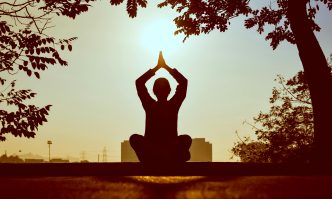
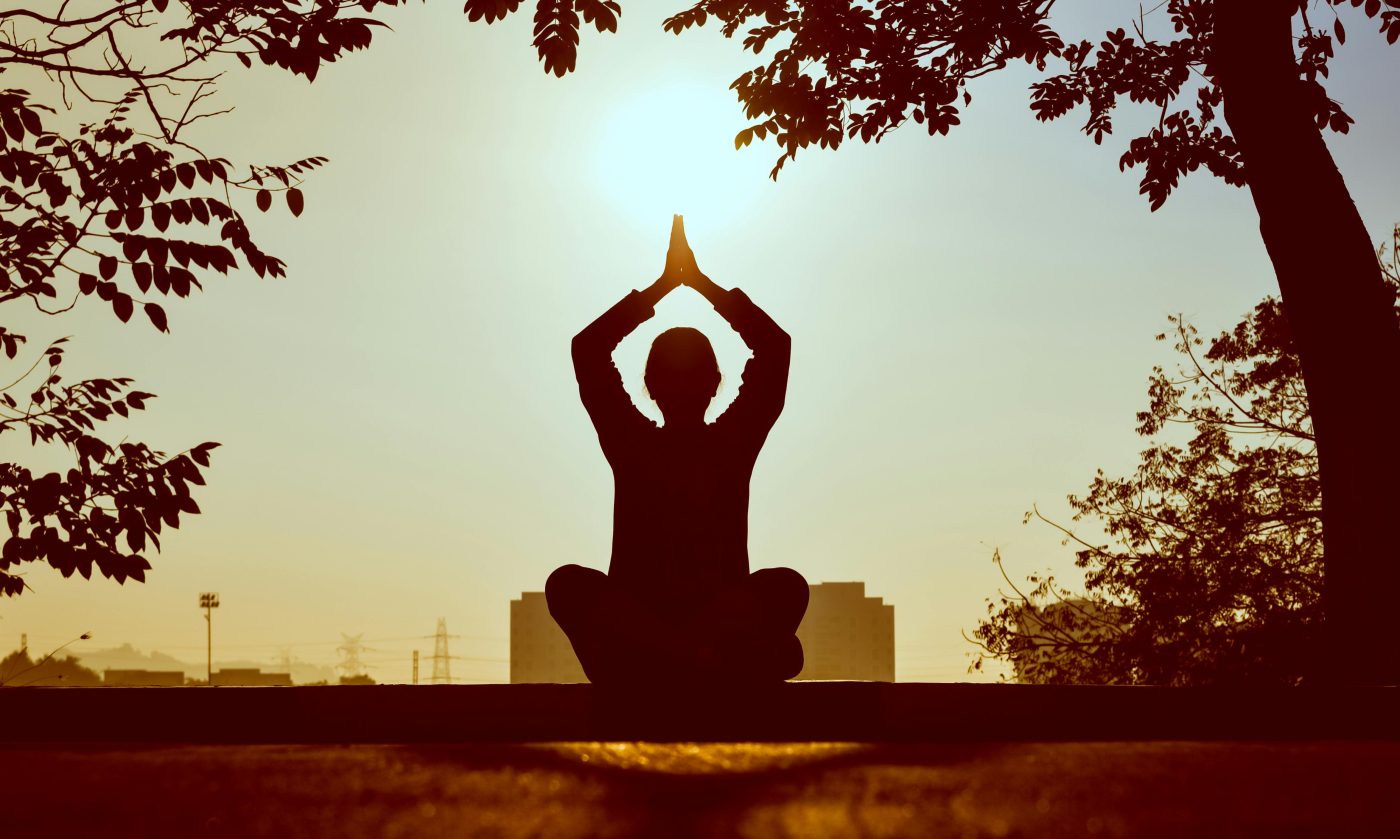
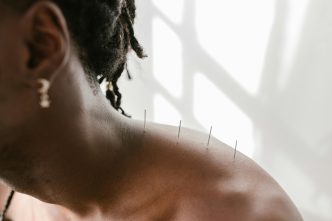
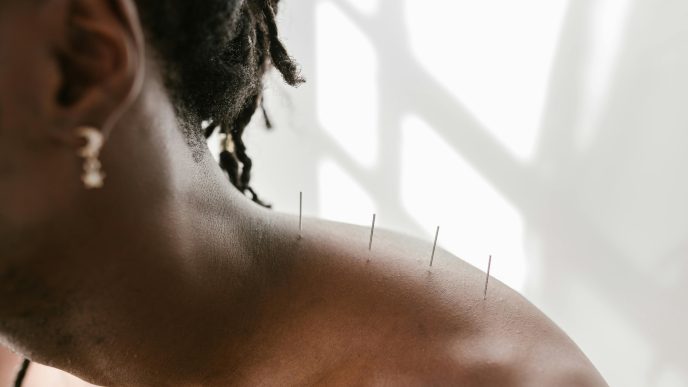

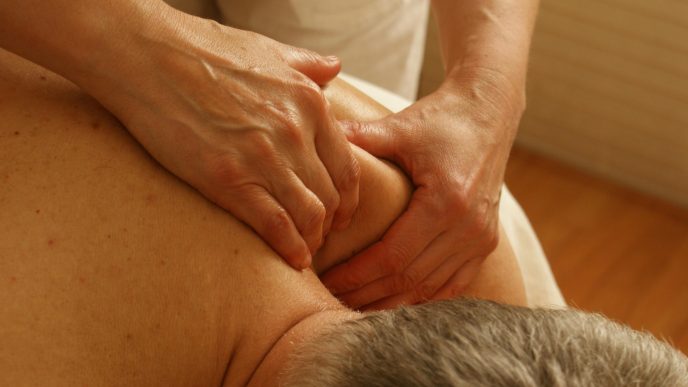


Thanks I have polyarthralgia and spine problems. I take 15 mg preds with tramadol and naproxen.
I am expecting this to get worse and these coments have been very helpful.
Wow I heard medical marijuana is very expensive. And I can’t afford it it makes me sad,because I’m in terrible pain every day . I also have osteoporosis and ruematoid inflamitory RAand poly maialgia ruematica.
If you get your medical license, you can grow your own @ $10 per seed, super cheap!
I take CBD 1000mg daily 600 Am and 400 PM
I have overcome either polymyalgia or arthritus.
Try smaller dose and increase on a five day level then increase the dose by one more intake till your results are positive
CBD can be expensive however if you qualify, you can obtain a 60% discount
From my supplier. I am just a happy customer, not a shell.
Lazarus Naturals is the site. Read “assistance program” for details
Too I respond to inquiries
Cheers
Cheers
how do I know if Im buy right kind if cannabis I bought some that was cannabis seed oil 100%cannabis sativa hemp seed oil
Can you take cbd with preds ?
I tried but got a nasty flare up PMR after few days
hi i have been taking CBD oil since last November after asking my doctor to remove me from steriods. the side effectfs of steriods was just awful .it was the magic bullet but the returns was not worth it. My neighbout told me about CBD oil. I decided to try it.
i began taking 800mg then 1400mg soon i moved up to 2000-mg. moving up higher showed me the dose I needed to take. The inflamination has gone down amazingly. I underpined every thing with prayer. i slso take infra red sauna, and I tothe gym for Aqu fit. when i first began, I could not left my arm, to day i can do all the water exercises. I also change my diet and i take the hightest quality supplement on the market. In truth CBD OIL Works! Dont be afraid.
What is the CBD oil that you take? My father was just recently diagnosed and I want to get him a good well known brand. Thank you
still taking the cbd?
what if you are on tablets for enlarged heart valve
CBD does NOT help relieve the pain of PMR. This is a fallacy pushed by the sellers of CBD and should be
dismissed as BS.